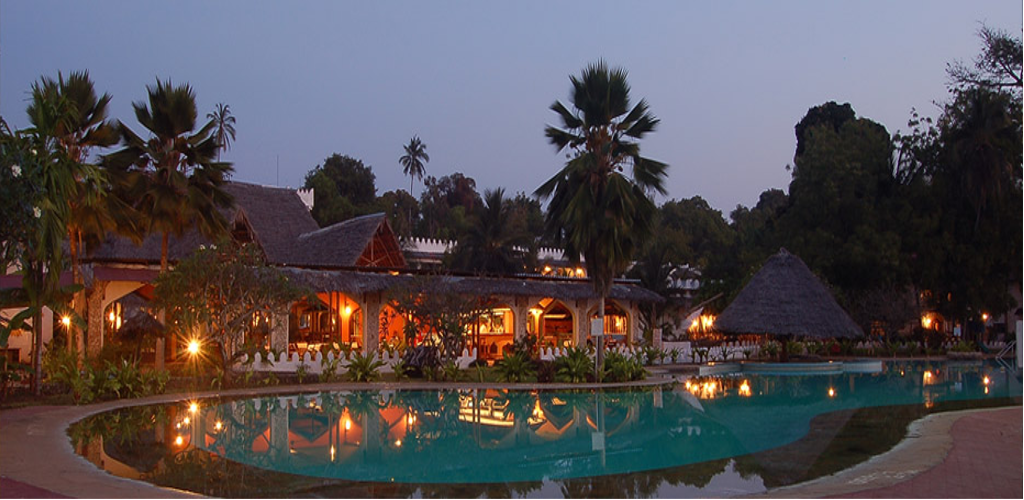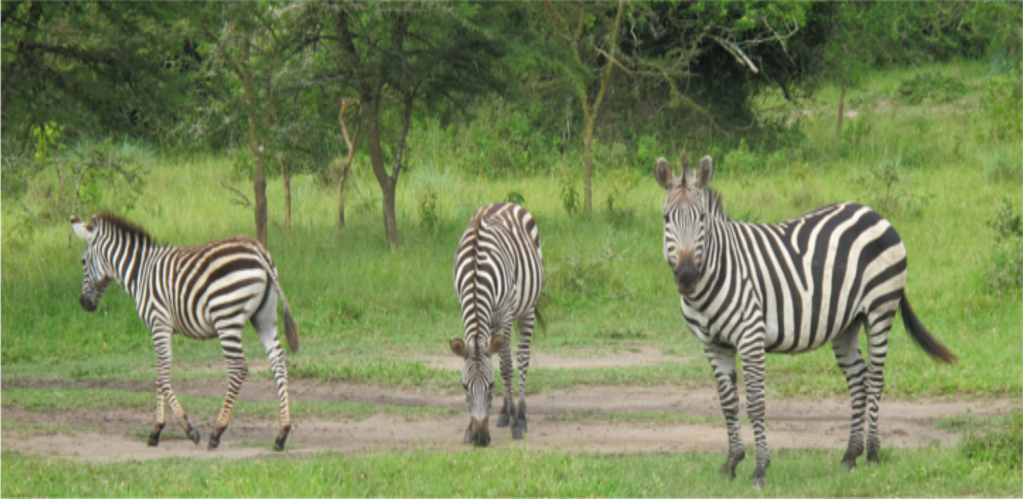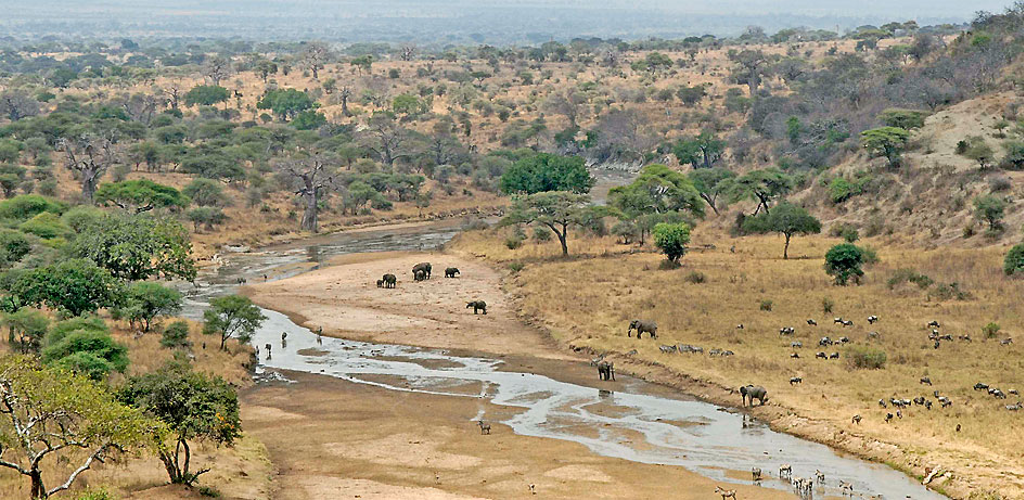Nyiragongo Volcano - active Volcano in DRC
Nyiragongo volcano, located in the Western branch of the Rift Valley near Lake Kivu and the Congolese-Rwandese border, is one of the world's most active volcanoes. It is notorious for its lava lake and producing lateral eruptions with extremely fluid, fast-moving lava flows that repeatedly devastated areas around the volcano, such as the Goma desaster on January 2002, when a lava flow destroyed much of the city's commercial center and promted 200,000 people to flee.
The large lava lake contained in its deep summit crater, now active again, became famous in the 1960's and 70's when volcanologists such as the Kraffts and Tazieff studied it. It had been active for half a century before it drained in one of the volcano's recent most catastrophic eruptions in 1977: through openings in its outer flanks in 1977, a huge lava flow poured out and killed hundreds of people. A similar event happened again in January 2002, when lava flows from flank vents drained the lake and cut through Goma, reaching Lake Kivu.
In contrast to its neighbor volcano, Nyamuragira,- a typical, and very active shield volcano comparable with Mauna Loa,- the 3470-m-high Nyiragongo displays the steep slopes of a stratovolcano. Terraces inside the steep-walled, 1.2-km-wide summit crater mark levels of former lava lakes, which have been observed since the late-19th century.
Two older volcanoes, Baruta and Shaheru, are partially overlapped by Nyiragongo on the north and south and look like lateral cones. About 100 parasitic cones are located primarily along radial fissures south of Shaheru, east of the summit, and along a NE-SW zone extending as far as Lake Kivu. Many cones are buried by voluminous lava flows that extend long distances down the flanks of the volcano.





